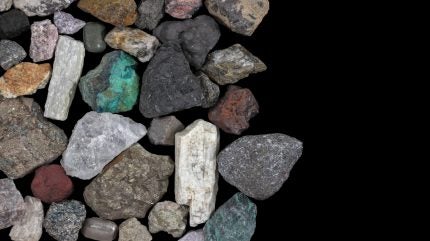
The Indian Government has launched the National Critical Mineral Mission (NCMM) to ensure self-reliance in the critical minerals sector, which is vital for clean energy technologies.
The NCMM is aligned with India’s climate goals including reducing emissions intensity, increasing non-fossil power capacity and achieving net-zero emissions by 2070.
This move is part of the broader strategy to secure India’s critical mineral supply chain from both domestic and foreign sources through the exploration and evaluation of domestic reserves and the acquisition of critical mineral assets overseas.
The Geological Survey of India (GSI) will be undertaking 1,200 exploration projects over the next six years as part of the mission.
In the 2024–25 field season, the GSI has initiated 195 projects including 35 in Rajasthan, aiming to reduce import dependency.
The Department of Atomic Energy has also discovered around 111,845 tonnes (t) of in-situ rare earth oxide (REO) reserves in Balotra, Rajasthan.
To expedite exploration, India will introduce a fast-track regulatory approval system and a new exploration licence to encourage private sector participation.
India’s international efforts include agreements for lithium exploration covering 15,703ha in Argentina and memorandums of understanding with Australia for strategic investments in lithium and cobalt projects.
The NCMM also includes the creation of a Centre of Excellence on Critical Minerals (CECM) to guide strategy and regularly update the minerals list.
In November 2022, a committee established by the Ministry of Mines identified 30 critical minerals, with 24 now under the exclusive authority of the central government for auctioning mining leases and composite licences.
Furthermore, NCMM aims to strengthen value chains through technological, regulatory and financial ecosystems to foster innovation, processing and recycling of critical minerals.
The government has earmarked Rs15bn for critical minerals recycling initiatives as part of a larger Rs163bn commitment to the critical minerals sector, announced earlier this year.
Incentives may include capital expenditure subsidies or production-linked benefits over four to five years. The aim is to scale lithium-ion battery recycling to 75,000t annually.
The government has also launched an incentive scheme to promote the recycling of critical minerals from scrap and waste.
Customs duties on key mineral scrap were also removed in February 2025 to promote the recycling industry.



